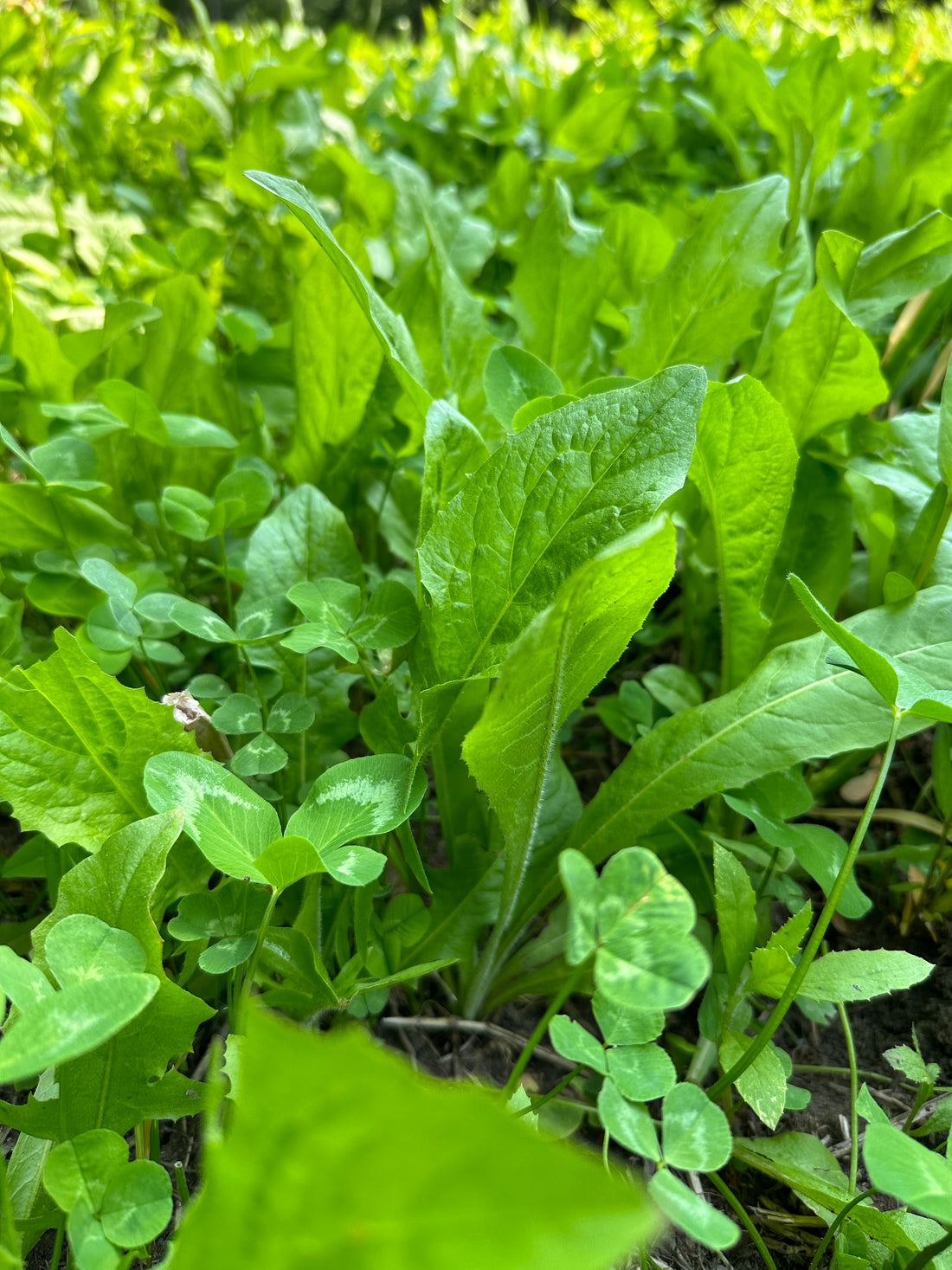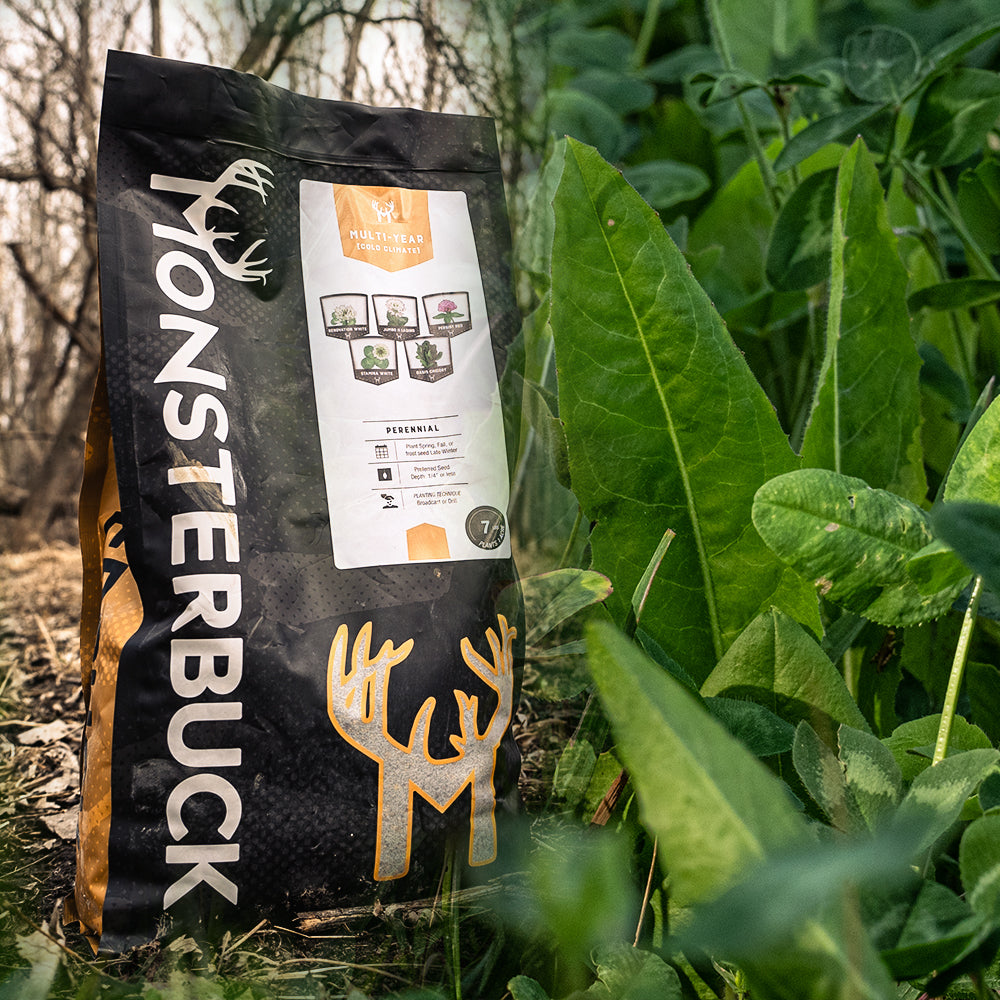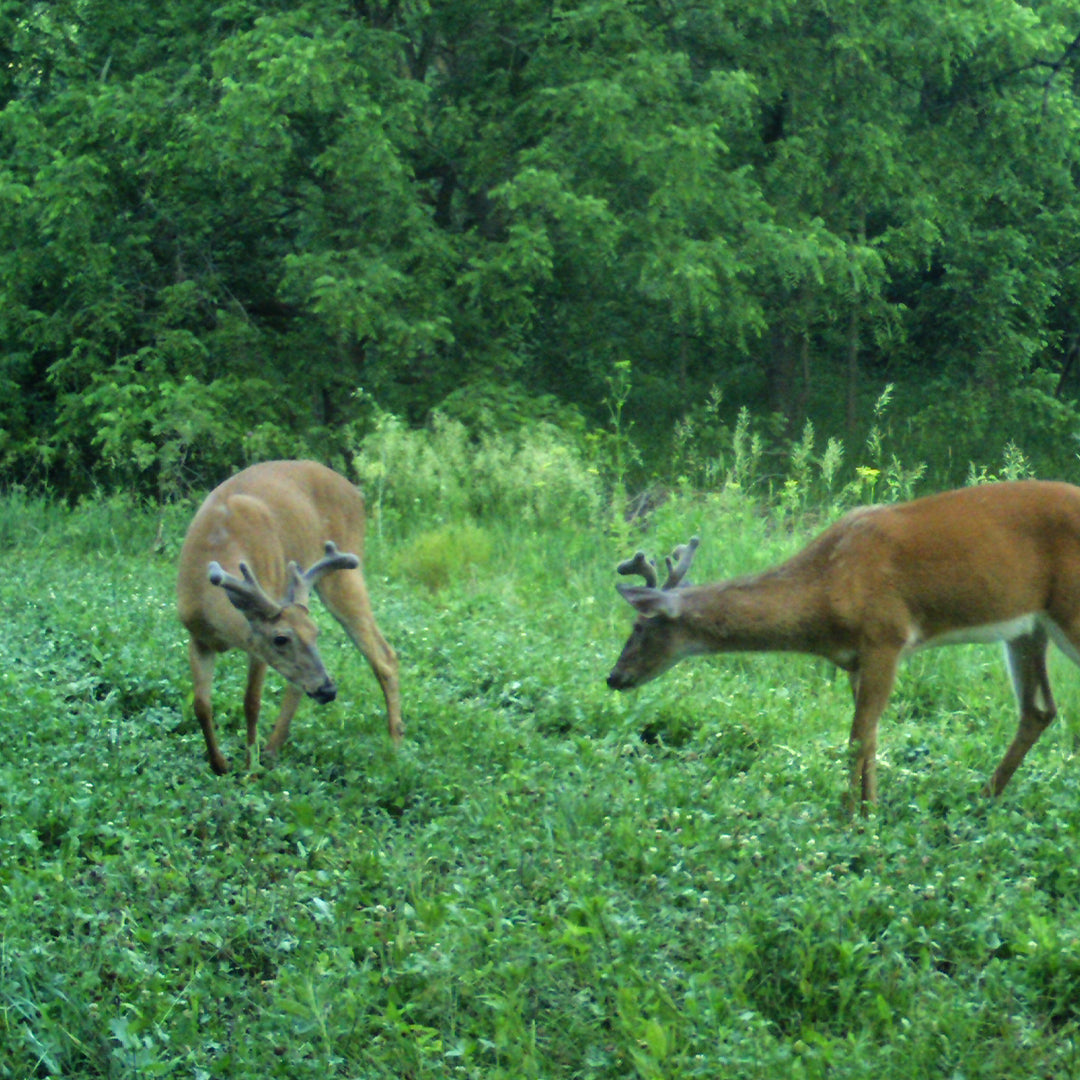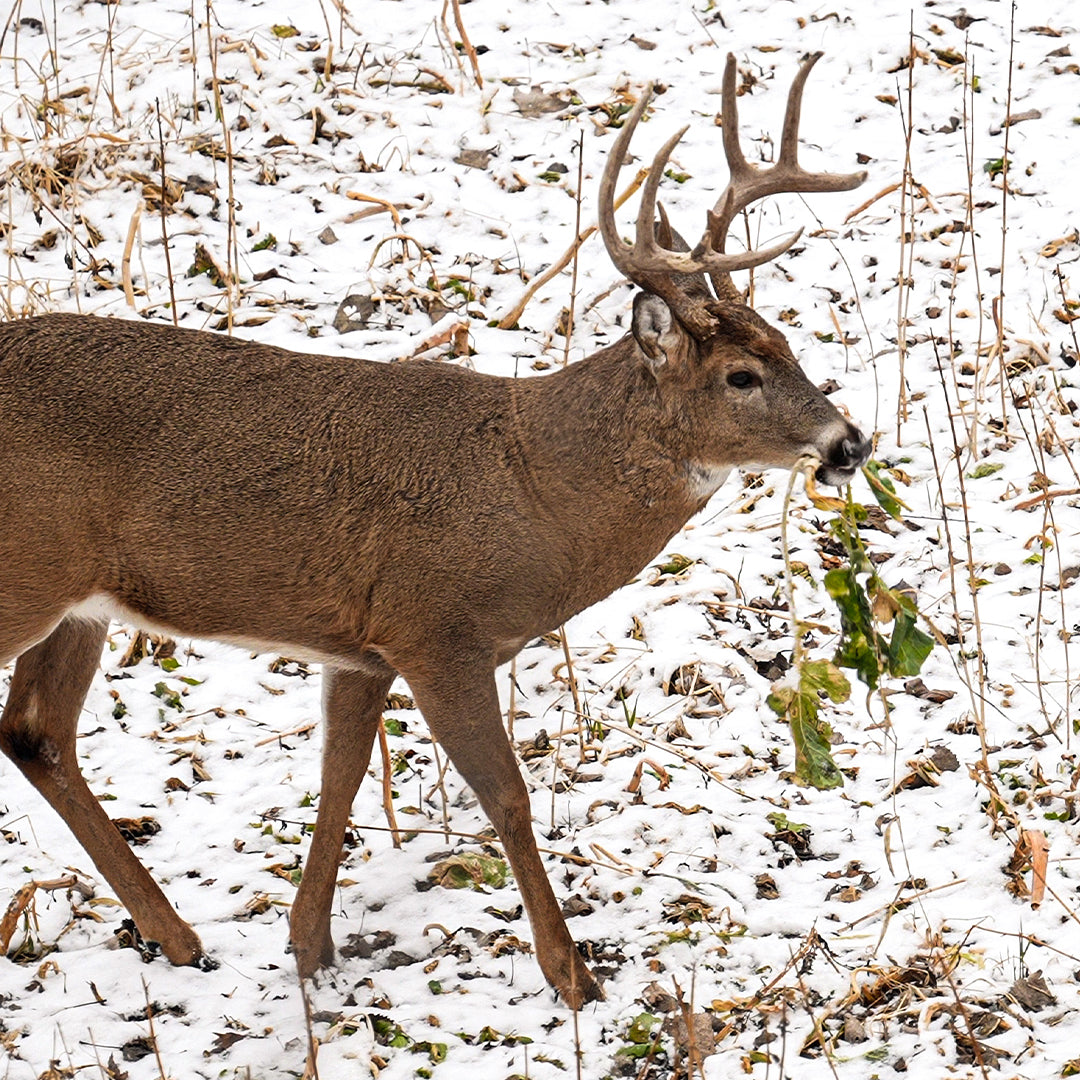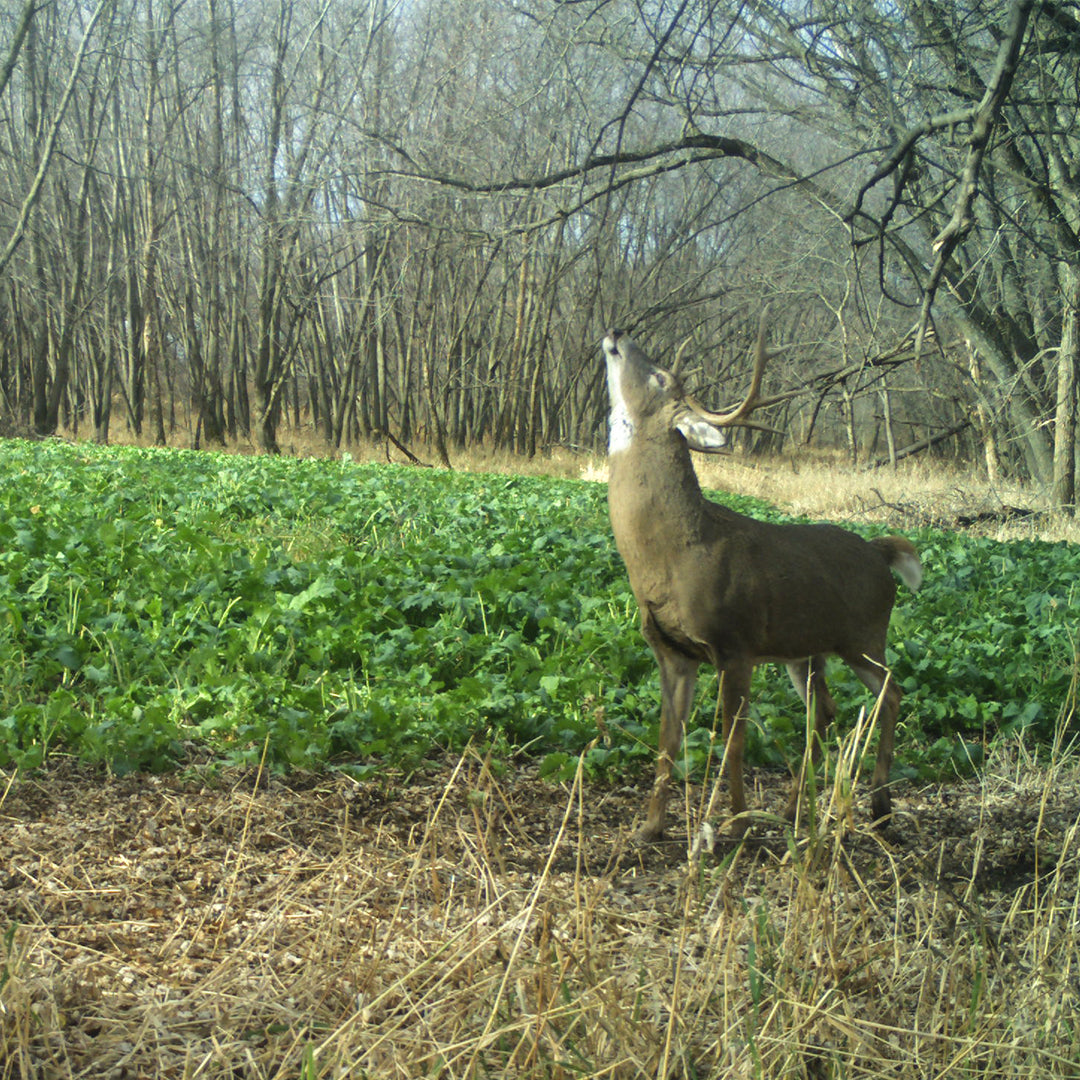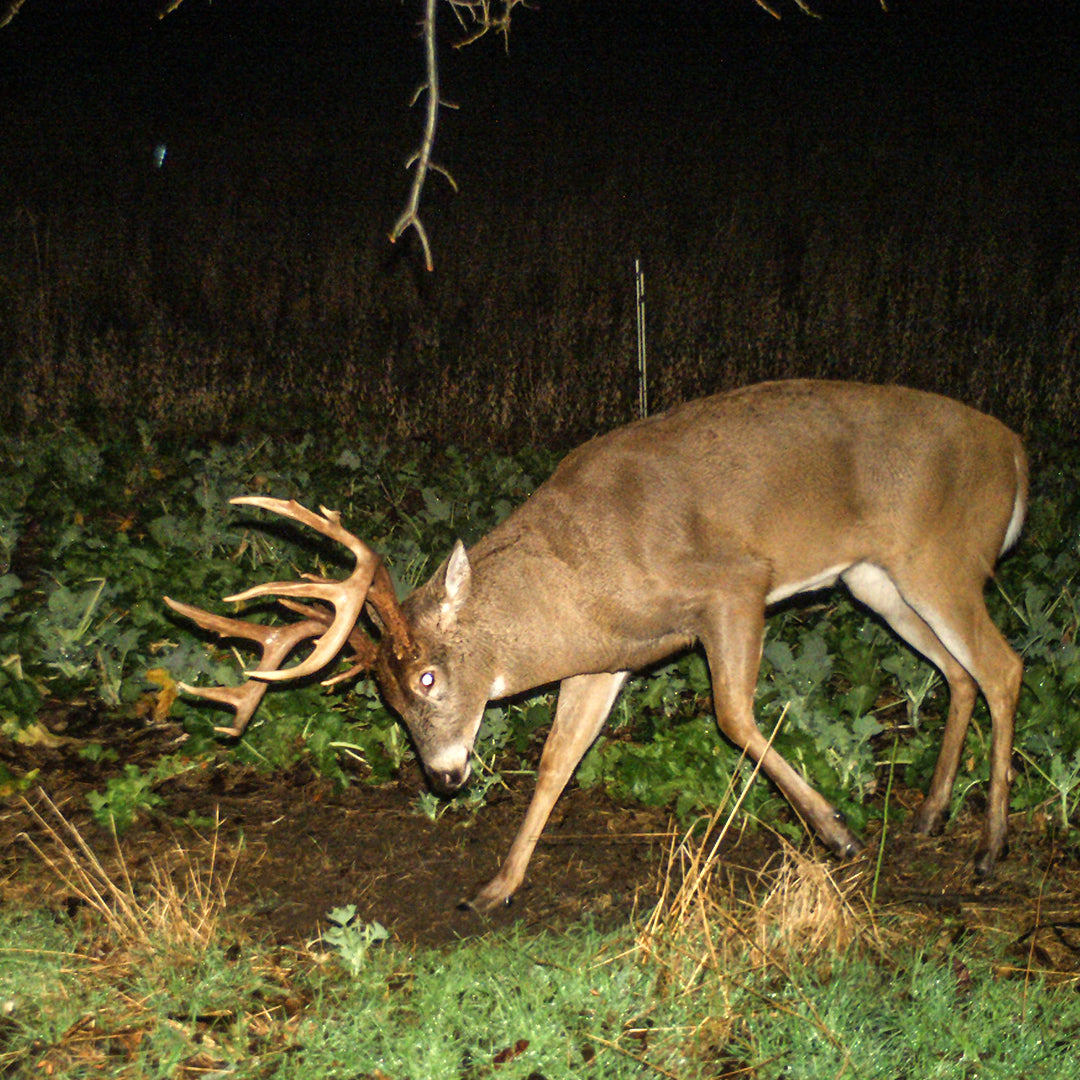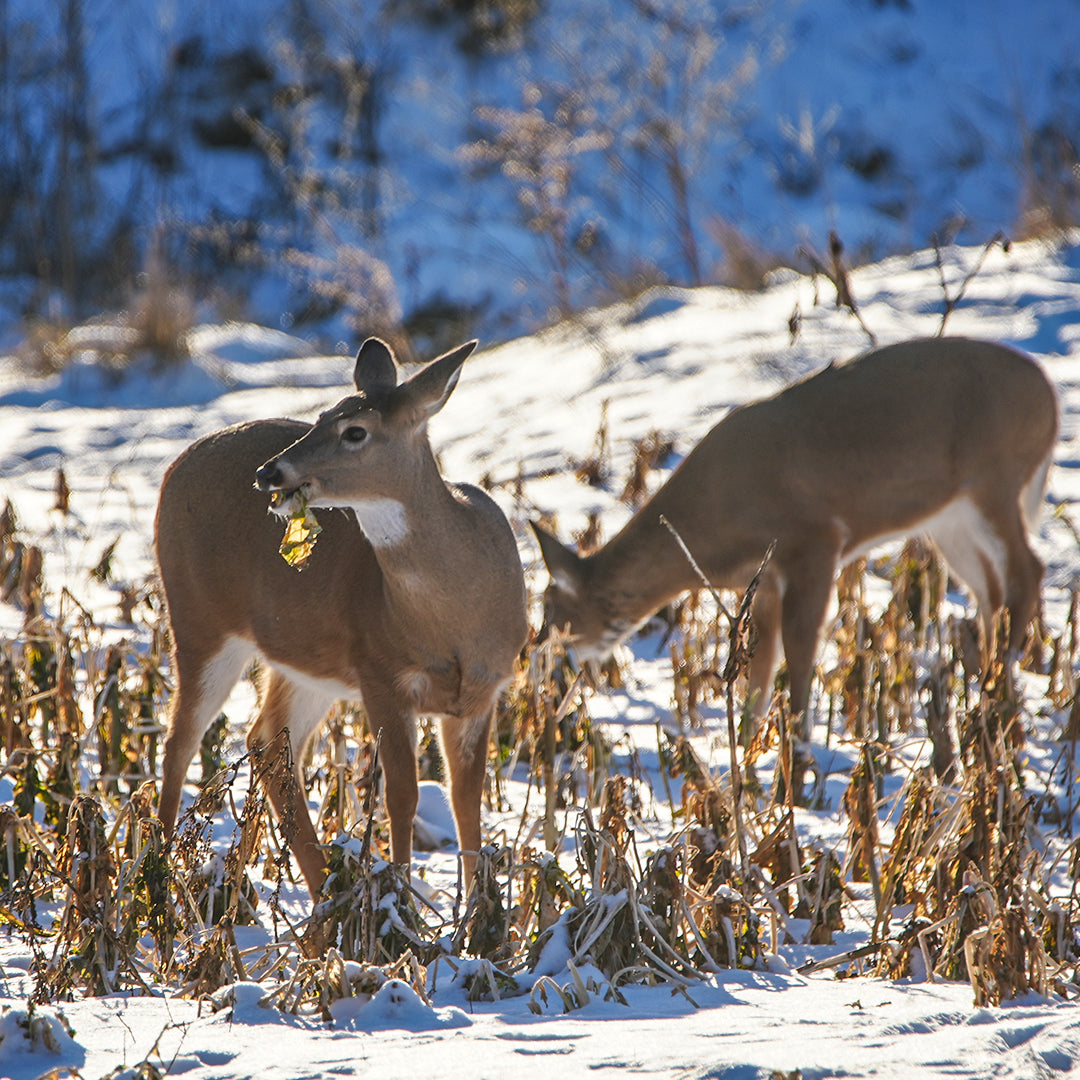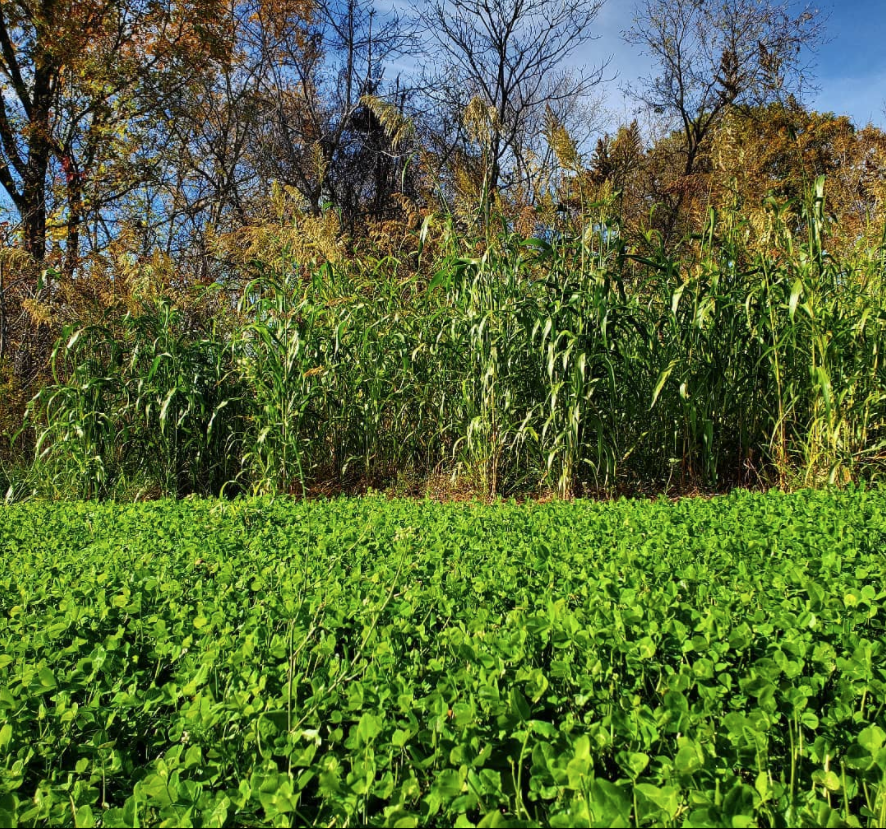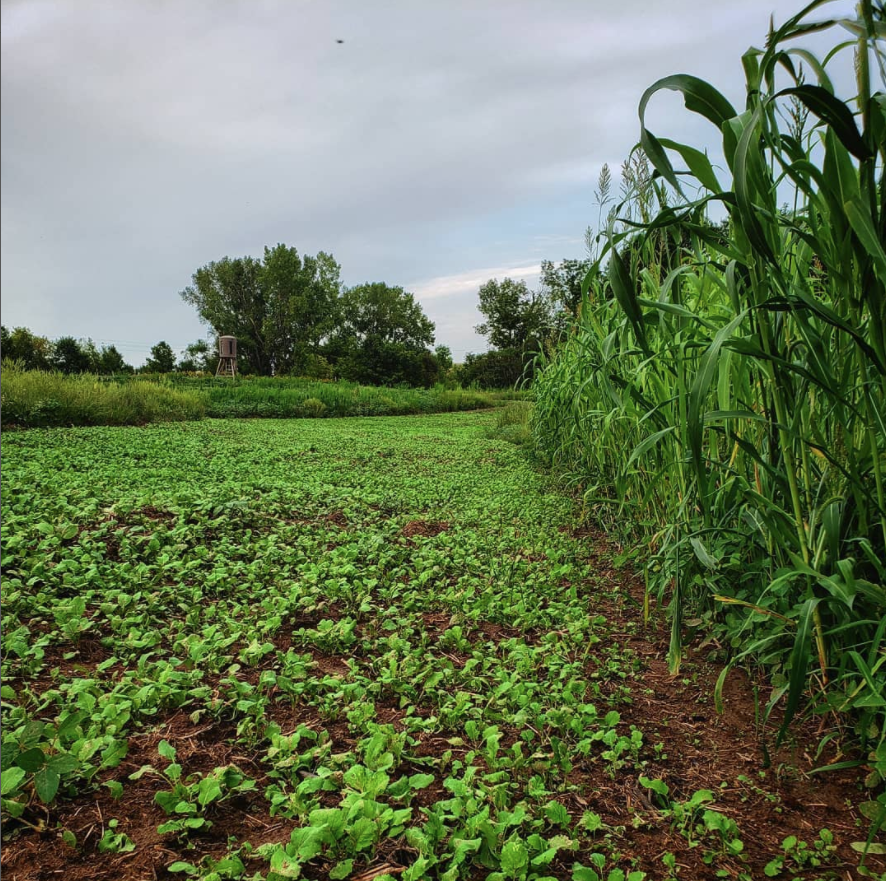
CHOOSING A SEED VARIETY OR BLEND
CHOOSING A SEED VARIETY OR BLEND
First, let’s start with the actual seed. Seed varieties are listed as the type such as Ladino clover or VNS (variety not stated), which could be any variety and any sets of traits. This is a common occurrence in farm and hardware seeds. Then, you could have something like a Jumbo II Ladino which is a newer improved variety of Ladino but it’s got specific traits that have been culled and bred into it making improved. Yes, there’s seed technology. Examples of things that can be improved in seeds are how they handle and recover from grazing, heat or cold tolerance, etc. And, like everything else in life, better technology comes with an increased price. So don’t be alarmed when something is more expensive with seed, there's a good chance it's an upgraded variety. Would you rather purchase common clovers and greens or pay a little more to have something better?
How did we select our blends and ratios? We know we can't please everyone, but we think we've come pretty close to offering something for everybody and every situation. Our blends have been chosen with specific plants that work well together. Some plants don’t play well with others, some need more space and don’t like the competition. Some clovers can dominate other clovers. One example is Durana, which can be a great clover for warmer areas when used as a single stand alone clover plot, but not the greatest option for a blend. Some of its traits are aggressive spreading and it tends to over run or takeover the other clover types. When deciding on ratios, you want to take the number of seed types and look at the amount of seed type per acre. Then divide each per acre number by the total number of seeds types in the blend. That divided number gives you a starting point, but through observation and experience, it may have been seen that slightly more or less of something could be tweaked.
Amount seed within a variety type often varies itself as well. Some varieties of kale for instance can have a recommend rate of 4 pounds per acre some can be 5 to 6. This can be attributed to seed size or volume of space the plant occupies. Some clovers can be recommended at 2-4 pounds per acre and others may be 25-35 pounds per acre.
How should you select your blends? This really starts with being honest with yourself about what you’ve got to work with. Things to consider should include how many deer you have and when you have them or intend to have them, how much space do you have and many plots can you have. It's also good to consider what's available in your neighborhood and when. When you’ve done all your homework and put it on paper so you can look it over, you can start eliminating things and seeing what’s gonna work out best for your situation. Resist the urge to plant something that could be less than ideal just because you saw some cat on YouTube or in magazine shoot a palmated, quadruple drop tine , split forks, flying kickers main frame 400” 8 using pawpaws perfect pea patch super beets. Choose what’s giving you the most bang for your needs. Sometimes it’s rough deciding when you have only one small plot.
Small plots 1/4 acre or less: Factor weather and pressure. You don’t have the luxury of volume so you need to focus on things that handle pressure and grow back to be browsed again rapidly. Clovers and chicory do this most of the year, minus some summer heat and some shutdown for freezing temps. Oats, winter wheat and cereal rye come up quick and regrowth is great as well. Some varieties are more temperature sensitive than others within each variety type. Tuber style plants such as turnips and radish handle browse fairly well provided the stems protruding from the top of bulb/tuber aren’t damage badly or ate completely off. While radishes are great, they can be a one and done and if not that they get froze out quicker than most things. A great substitute for the radish is the Pasja/T-raptor hybrids. These don’t have the bulb/tuber so there’s no risk other than being pulled completely from the ground and freeze out. By not producing a bulb/tuber all there energy is put into growing leaves. This is what allows them to produce massive amounts of food and have several different grazings. Most of your brassica blends can be wiped out very quickly.
Medium plots over 1/4 up to 1.5 acres: Single plotters now have some flexibility with the option of splitting into a half clover and chicory and oats and greens blend or just a greens blend. Giving the deer more options and larger time frame of use. Multi plotters can have more of a pre-destination plot. Still not large enough in most cases to provide enough volume with large grain items likes beans, corn and sorghum. Unless you have lower deer numbers or some other plots, they will likely be browsed off and not make it. In a multi-plot scenario, medium plots can be planted with forage type beans instead of ag beans or even better a spring pea or cowpea mix to take pressure off your actual bean plots. Forage beans tend to handle browse better than ag soybeans. Corn is great but not always the best for early season.
Larger plots and multiple plots: Now is where you can have some serious creativity and pretty much cover all your bases. You can have a consistent, near year round source such as clover chicory plot, a summer setup of peas, beans or sweet corn, an early season plot with oat blends and your later greens mix (brassicas), and possibly even soybeans, corn or WGF (a shorter sorghum, wild game food).
With a little process of elimination and brainstorming you can make your decision and have a better opportunity for successful plotting with your choices.

